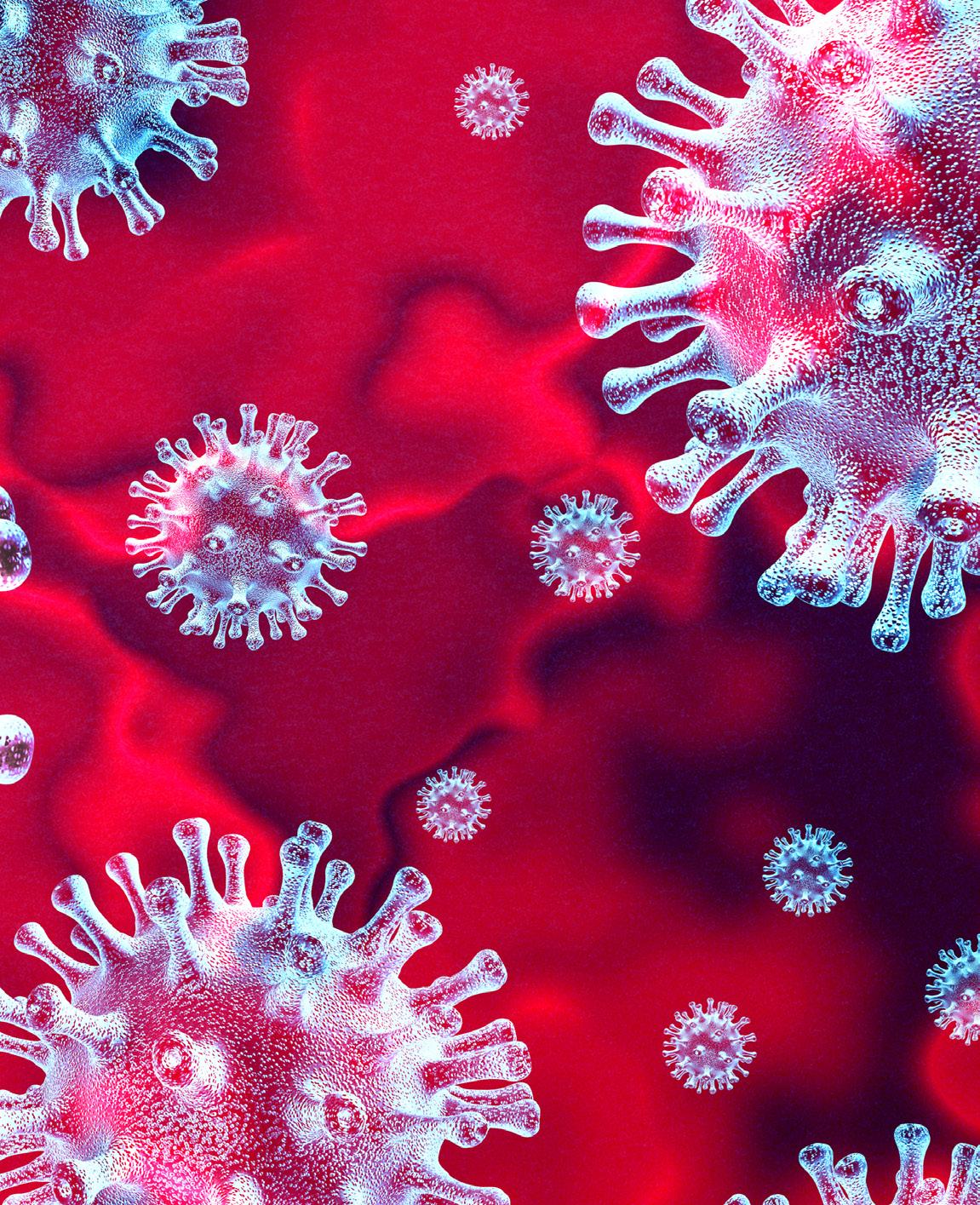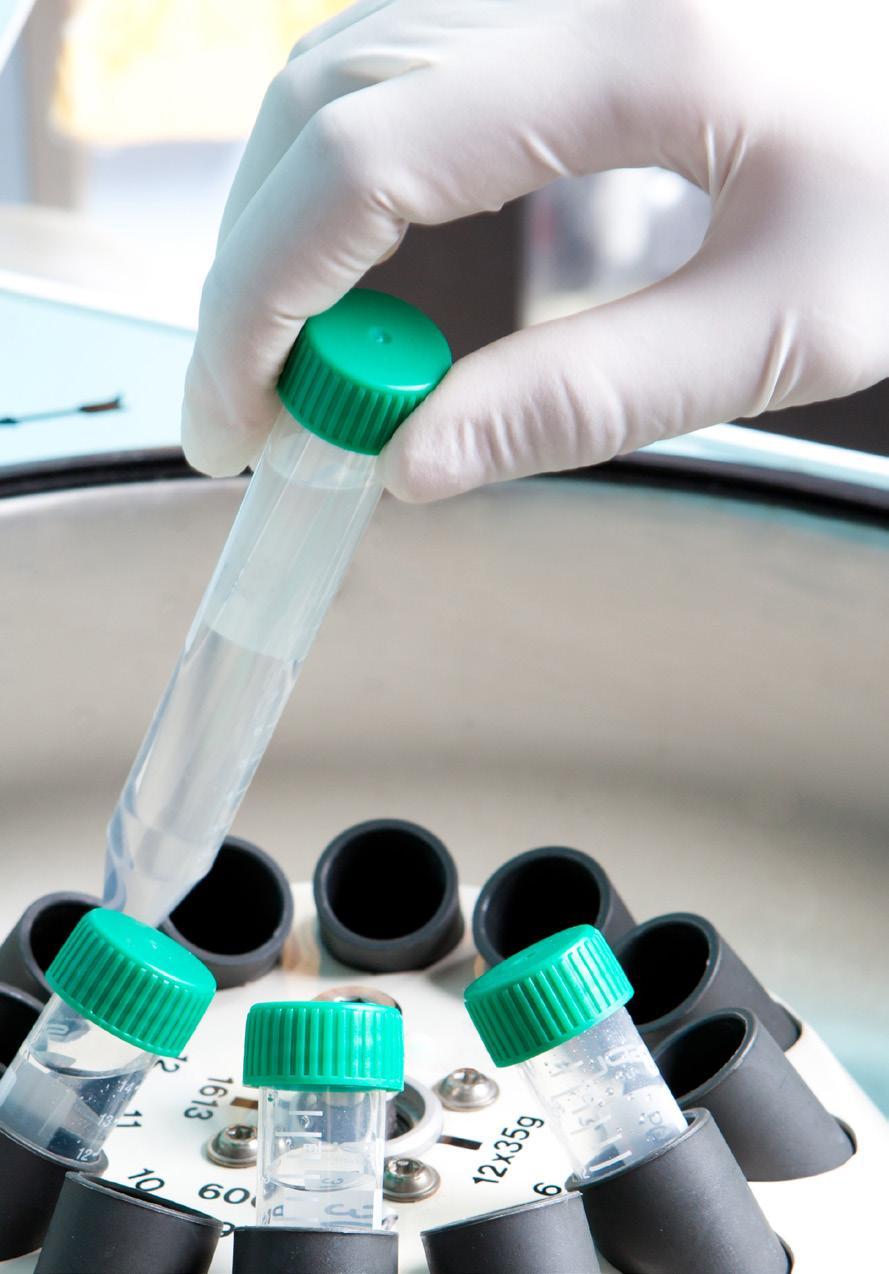
4 minute read
COVID-19: A Perspective on Human Fragility
Guillermo Balderrabano
Bachelor in Biomedical Sciences
Advertisement
Since December 2019, humanity has been experiencing the beginning of an event that is bound to change the course and perspective of modern societies, namely, the new disease caused by the coronavirus, or COVID-19 (Wu et al., 2020). The first case of this disease was reported in Wuhan, China (Huang et al., 2020), and it later spread throughout that country before crossing the borders of more than other 190 countries worldwide (Worldometer, 2020).
The disease caused by the coronavirus is not new in terms clinical symptoms, which can also occur in severe acute respiratory syndromes (SARS), such as fever, fatigue, and muscle pain, sometimes followed by massive alveolar damage and progressive respiratory failure. Its mortality rate, however, is alarmingly high when it affects older people (those over sixty) and people with some underlying medical condition (such as cardiovascular disease, diabetes, cancer, or chronic respiratory disease) (World Health Organization, 2020). Although some measures have been taken at global level (such as restrictions on international flights) and these have successfully slowed down proliferation in certain countries by anywhere from 40% to 90% (Chinazzi et al., 2020), they have not been sufficiently effective at the local level to prevent the spread of the virus. The process of local transmission also involves contact with asymptomatic people, who are in the incubation phase of the virus, which can last five or six days (World Health Organization, 2020; Bai et al., 2020), as well as with people in the infectious phase (up to the days after the incubation phase), who continue to spread the disease (Zou et al., 2020). As a result, prophylactic measures are sometimes undermined by time issues or by a lack of social responsibility and willingness to adopt proper hygiene and isolation practices.
Moreover, in many places, there is limited hospital and human resource infrastructure (doctors, nurses, and laboratory staff) to deal with the simultaneous intensive care of many patients with the same clinical diagnosis. According to several authors, this is where the system is thought to present complications (Anderson et al., 2020; Lipsitch et al., 2020).
We must also take into account the deterioration of the global economy due to the outbreak of the infection, as the direct and indirect economic costs of the virus will affect economic growth in most counties. Some of the aspects most affected by the crisis will be the consumption of goods and services and an increases in operating costs, with the consequent dismissal of qualified personnel and decreases in salaries, in order for companies to keep afloat (McKibbin & Fernando, 2020).

In spite of some admirable efforts over recent months, the end goals are still a long way off, considering the entire process required to validate the efficacy and safety of a vaccine that could sharply curb the rate of COVID-19 infection. In a best case scenario, the estimated time for the production of such a vaccine would be at least twelve or eighteen months (Anderson et al., 2020). Meanwhile, societies will have to deal with COVID-19 infection through palliative care and extraordinary investments in health care, not to mention the expenditures at a macroeconomic level that will be required to activate national economies in the hope of minimizing an inevitable economic recession (Anderson et al., 2020; McKibbin & Fernando, 2020).
Finally, it is important to mention the fragility with which human beings confront so unexpected an event, which can put the physical and economic health of nations at risk in just a few months. It is therefore a priority for all countries, without exception, actively to exercise efficient public health plans that can help to clarify the epidemiology of infectious diseases, while at same time evaluating their potential impact on both a local and global scale (Lipsitch et al., 2020; McKibbin & Fernando, 2020).
References
•Anderson, R. M., H. Heesterbeek, D. Klinkenberg, & T. D. Hollingsworth. 2020. How will country based mitigation measures influence the course of the COVID-19 epidemic? The Lancet 395 (10228), 931-934. •Bai, Y., L. Yao, T. Wei, F. Tian, D. Y. Jin, L. Chen, & M. Wang. 2020. Presumed asymptomatic carrier transmission of COVID-19. Jama. •Chinazzi, M., J. T. Davis, M. Ajelli, C. Gioannini, M. Litvinova, S. Merler, & C. Viboud. 2020. The effect of travel restrictions on the spread of the 2019 novel coronavirus (COVID-19) outbreak. Science. •Huang, C., Y. Wang, X. Li, et al. 2020. Clinical features of patients infected with 2019 novel coronavirus in Wuhan, China. The Lancet, 395: 497-506. •Lipsitch, M., D. L. Swerdlow, & L. Finelli. 2020. Defining the epidemiology of Covid-19 studies needed. New England Journal of Medicine. •McKibbin, W. J. & R. Fernando. 2020. The global macroeconomic impacts of COVID-19: Seven scenarios. •World Health Organization. 2020. Coronavirus disease 2019 ( COVID-19): situation report, 51. •Worldometer. 2020. COVID-19 Coronavirus pandemic. March 29th. Available at <https://www.worldometers.info/coronavirus/>. •Wu, F., S. Zhao, B. Yu, Y. M. Chen, W. Wang, Z. G. Song, M. L Yuan, et al. 2020. A new coronavirus associated with human respiratory disease in China. Nature, 579 (7798), 265-269. •Zou, L., Ruan, F., Huang, M., Liang, L., Huang, H., Hong, Z., & Guo, Q. 2020. SARS-CoV-2 viral load in upper respiratory specimens of infected patients. New England Journal of Medicine 382 (12), 1177-1179.










